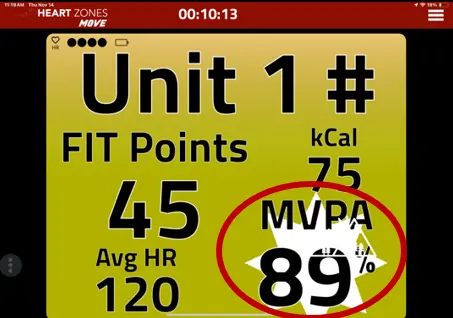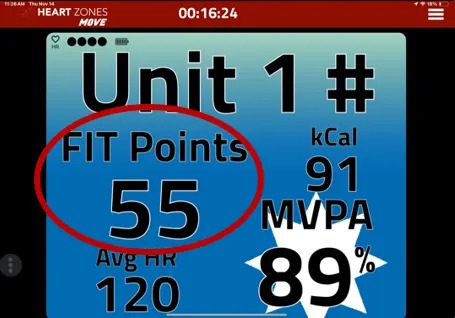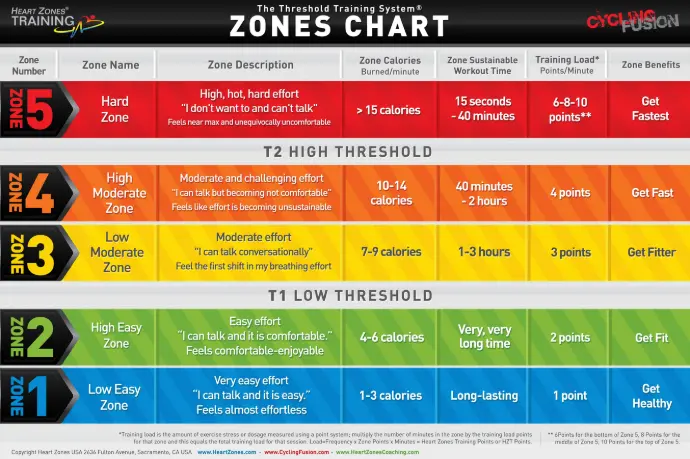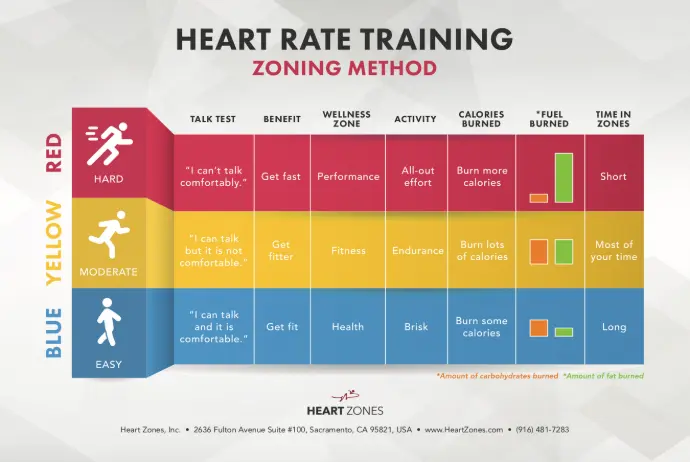In physical education, heart rate data is a valuable tool for assessing student performance and engagement. Teachers can evaluate students using two primary methods: Moderate to Vigorous Physical Activity (MVPA) and Frequency Intensity and Time Points (FIT Points).
Here’s an explanation of each method, their benefits, and how teachers can use the data for grading:
MVPA (Moderate to Vigorous Physical Activity)

- Definition: MVPA refers to physical activity that raises the heart rate to at least 60% of a student's peak/maximum heart rate. This is often used as a standard for ensuring students are engaging in sufficient physical activity.
- Assessment: Teachers assess students by measuring the percentage of time spent in the MVPA zone and the total time in this zone during a class. For example, if a student spends 30 minutes in a 60-minute class at or above 60% of their max heart rate, they’ve achieved 50% MVPA.
- Benefits:
- Simplicity: It provides a clear, easy-to-understand metric for both students and teachers to track physical activity levels.
- Health Standards: Aligns with public health recommendations, ensuring that students are meeting guidelines for physical activity.
FIT Points (Frequency Intensity and Time Points)

- Definition: FIT Points is a more nuanced system that rewards students for the intensity and duration of their physical activity. The system assigns points based on the time spent in different heart rate zones:
5 Zone Methodology - Max Heart Rate or Threshold
 Max Heart Rate or Threshold Chart
Max Heart Rate or Threshold Chart- Zone 5/Red Zone: 5 points per minute
- Zone 4/Orange Zone:4 points per minute
- Zone 3/Yellow Zone: 3 points per minute
- Zone 2/Green Zone: 2 points per minute
- Zone 1/Blue Zone: 1 point per minute
3 Zone Methodology - Heart Zones Zoning
 Zoning Chart
Zoning Chart- Zone 3/Red Zone: 5 points per minute
- Zone 2/Yellow Zone: 3 points per minute
- Zone 1/Blue Zone: 1 point per minute
- Assessment: Students accumulate points based on the intensity and duration of their activity. A higher FIT Point score indicates more time spent in higher heart rate zones.
- Benefits:
- Detailed Feedback: Provides a more detailed picture of a student's physical effort and endurance.
- Encourages High Intensity: Motivates students to push themselves into higher intensity zones for greater rewards.
Grading with MVPA and FIT Points
- Using MVPA Data: Teachers might grade students based on the percentage of class time spent in the MVPA zone. For example, achieving 50% MVPA might correspond to a passing grade, with higher percentages earning higher grades.
- Using FIT Points Data: FIT Points allow for a more differentiated grading approach. Teachers can set benchmarks for total FIT Points to correspond to specific grades, encouraging students to not only stay active but also to challenge themselves with higher intensity activities.
*Instead of letter grades, points can be used as well. Then the points are added together for a grade for the week, month, etc.
Example of Grading:
- MVPA-Based Grading:
Letter Grade Points
- 70%+ MVPA = A 4
- 60-70% MVPA = B 3
- 50% MVPA = C 2
- Less than 49% MVPA = D 1
- FIT Points-Based Grading (60 min class)
Letter Grade Points
- 101+ FIT Points = A 4
- 76-100 FIT Points = B 3
- 60-75 FIT Points = C 2
- Less than 59 FIT Points = D 1
Combining Both Methods: Teachers can combine these two methods for a comprehensive assessment. For instance, MVPA could be used to ensure baseline activity, while FIT Points could provide extra credit or a more nuanced assessment of effort and intensity. This approach not only encourages sustained activity but also rewards students who push themselves harder during physical education classes.